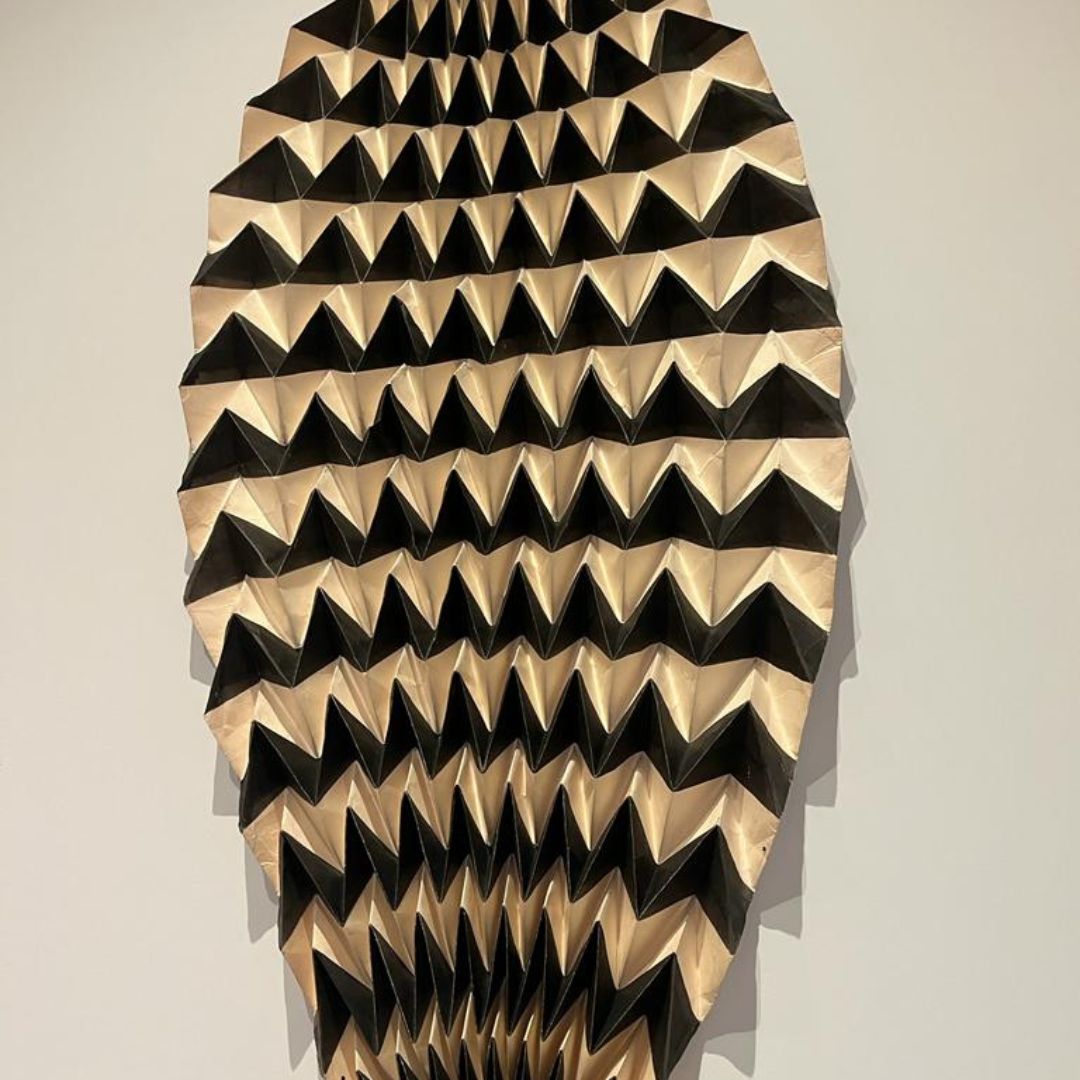THE EVOLVING ART OF RUTH ASAWA AT THE WHITNEY MUSEUM, NEW YORK
New York's Whitney Museum is renowned for its diverse program of contemporary artists, and the recent exhibition devoted to Ruth Asawa is no exception. This exhibition highlights the exceptional work of this visionary artist and the fascinating personality behind her creations.
**Ruth Asawa: A Life of Inspiration
Born in 1926 in Norwalk, California, Ruth Asawa displayed precocious artistic talent. However, her artistic career was significantly influenced by a dark event in her youth. During the Second World War, she was interned in a Japanese-American internment camp with her family. This traumatic experience left a deep impression on her and strengthened her desire to create "beauty and lightness".
**The thread of innovation & the diversity of techniques ** Asawa is best known for her sculptures.
Asawa is best known for her wire sculptures (we're disappointed to see only one in the exhibition), which defy the conventions of three-dimensional art. His works capture the delicacy and complexity of nature, while exploring the infinite possibilities of wire as an artistic medium.
The exhibition is therefore mainly devoted to his work on paper. Although less well known than his sculptures, he demonstrates his mastery of various techniques. On view:
Botanical drawings: Asawa was deeply inspired by nature, and this is often reflected in her drawings on paper. She had a particular talent for capturing the beauty of plants, flowers and organic forms with detailed precision.
Geometric abstraction: as in her sculptures, Asawa incorporated elements of geometric abstraction into her works on paper. She used geometric patterns, curved lines and abstract shapes to create visually dynamic, systemic compositions.
Light and shadow: she mastered the art of contrasting light and shadow, creating three-dimensional effects on a flat surface. Her drawings could seem almost sculptural in the way she played with light and shadow.
Personal and symbolic themes: her works on paper were often charged with personal and symbolic meanings. She explored themes linked to her life experience, family and Japanese-American culture, adding an emotional dimension to her art.
Simplicity and complexity: a striking feature of her works on paper was the way she managed to combine simplicity and complexity. Her compositions seemed at once elegantly simple at first glance and incredibly detailed and complex as you delved deeper into the work.
**An artistic legacy
Asawa also played an active role in art education, promoting the importance of art in public education (she had 6 children!). In fact, she co-founded the Ruth Asawa San Francisco School of the Arts, an institution that continues to inspire young artists today.









